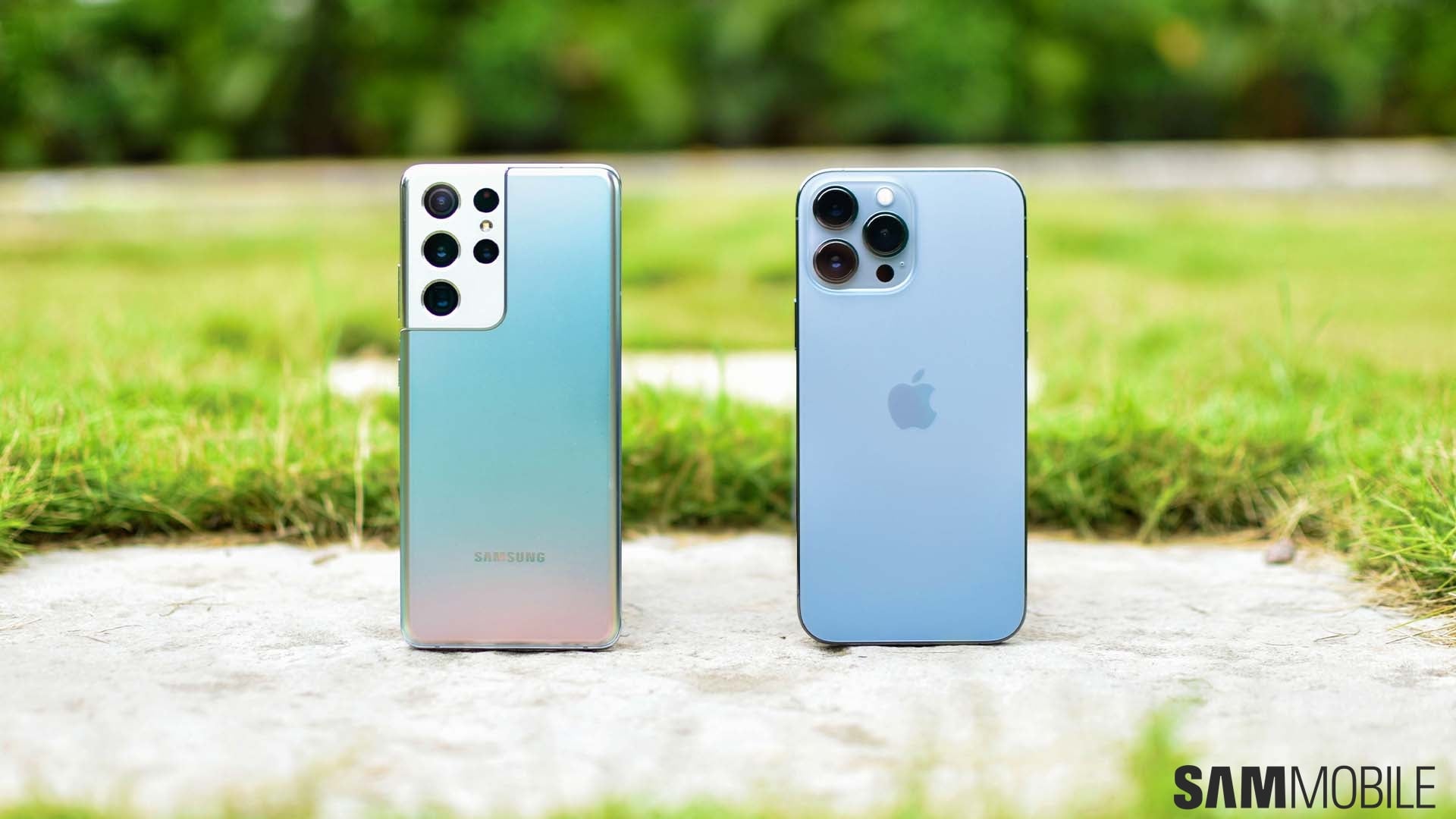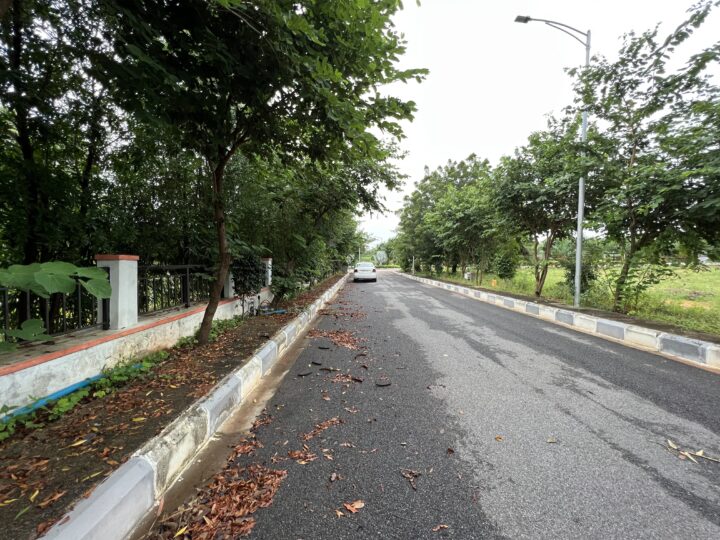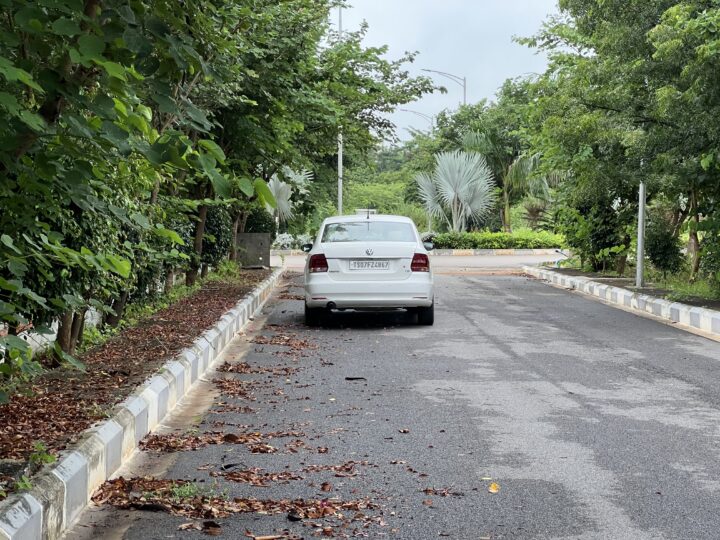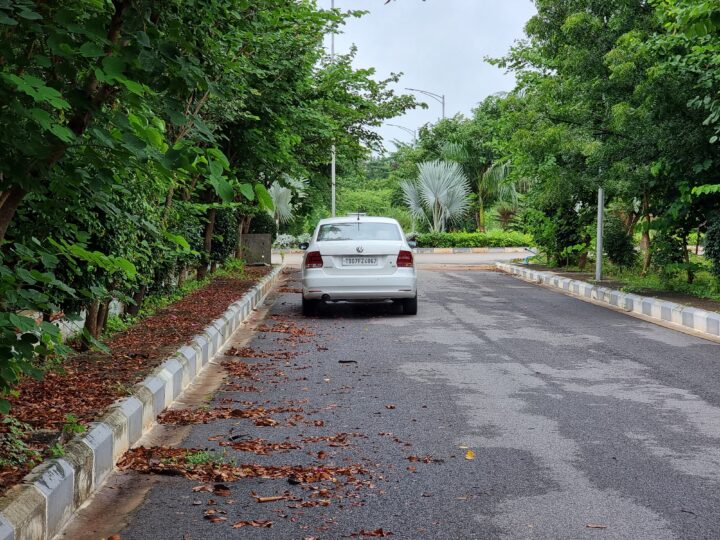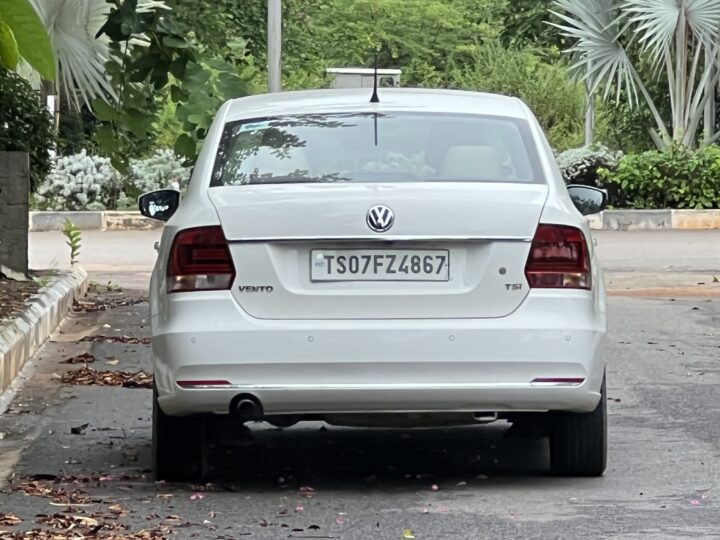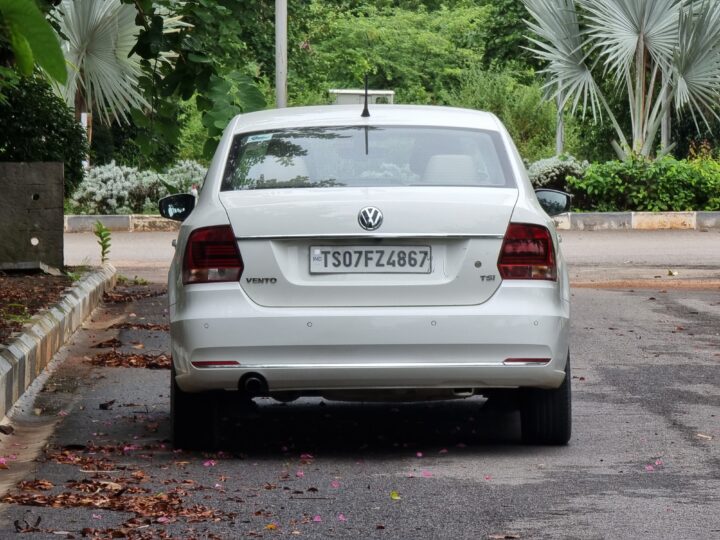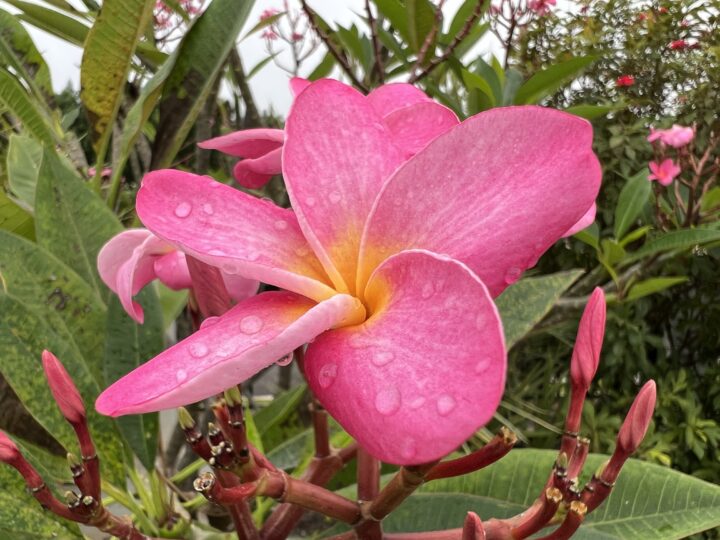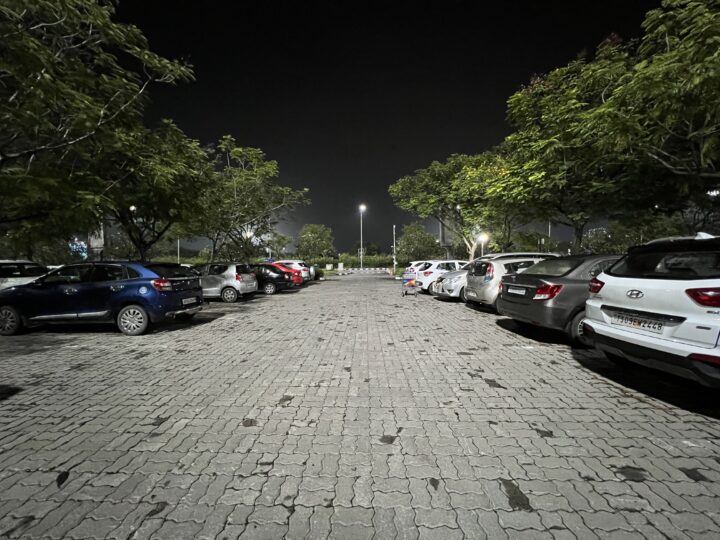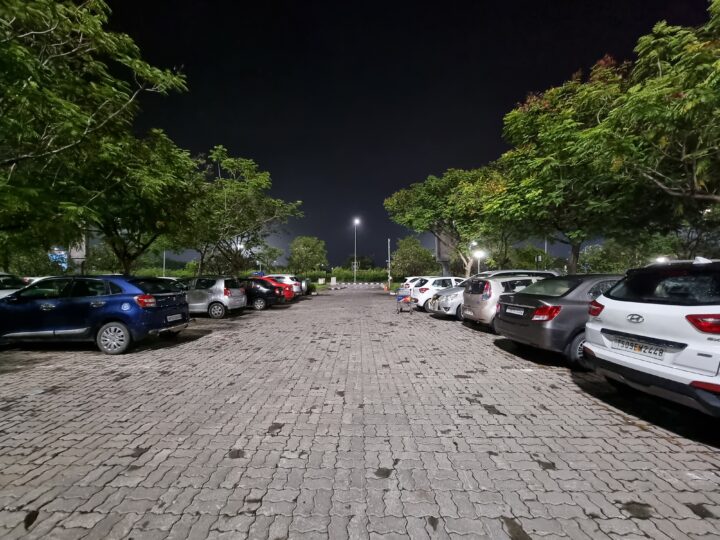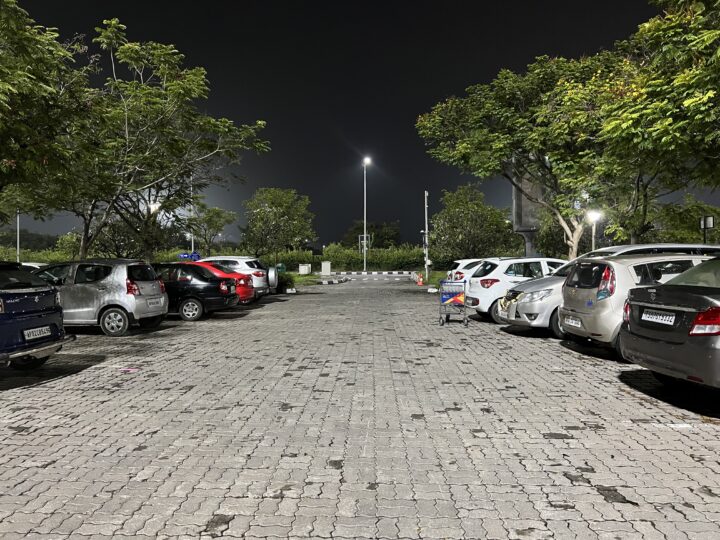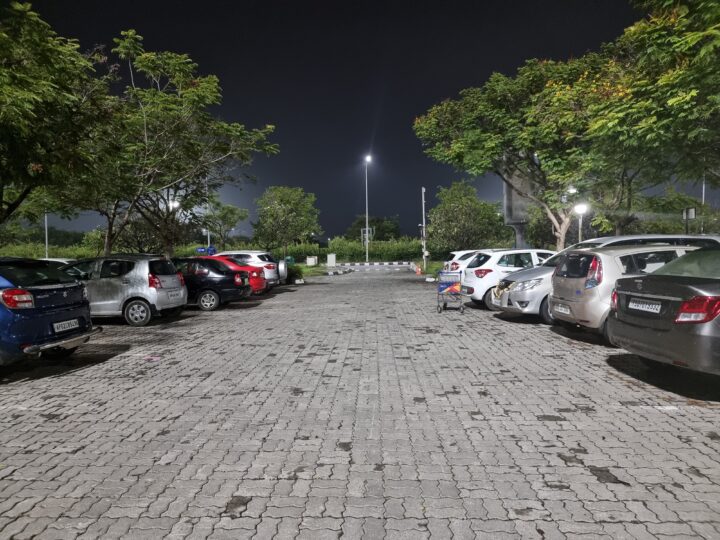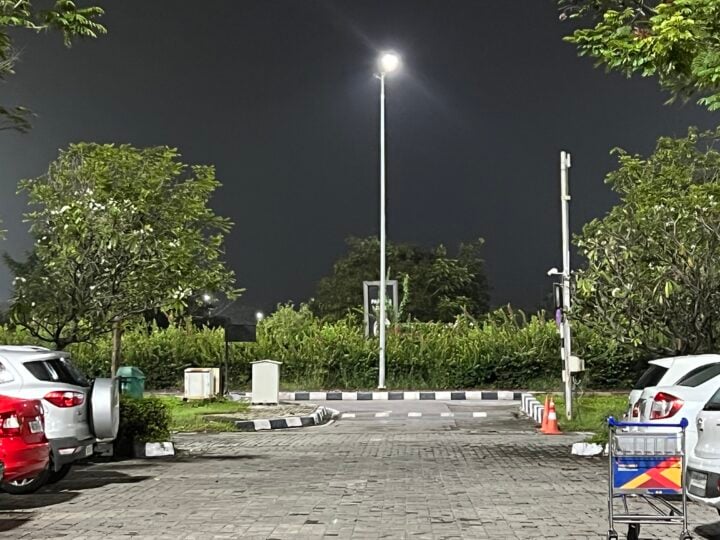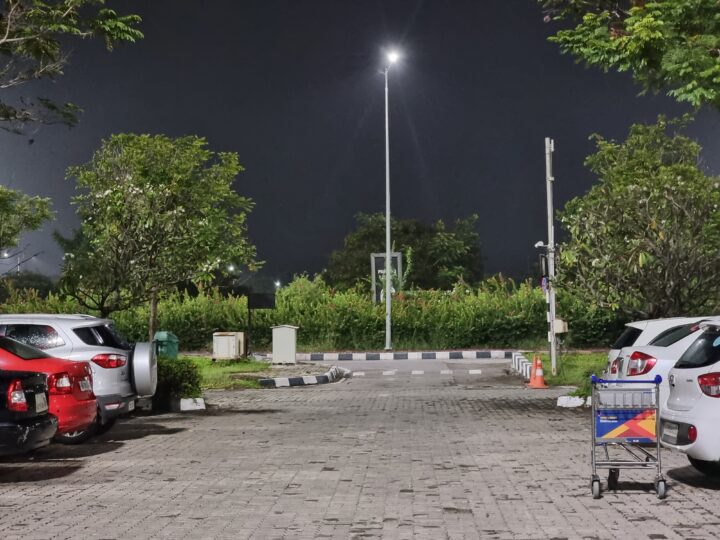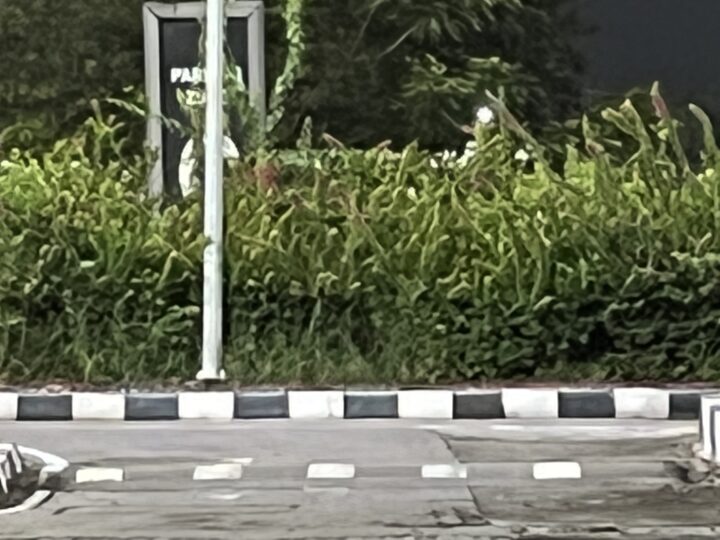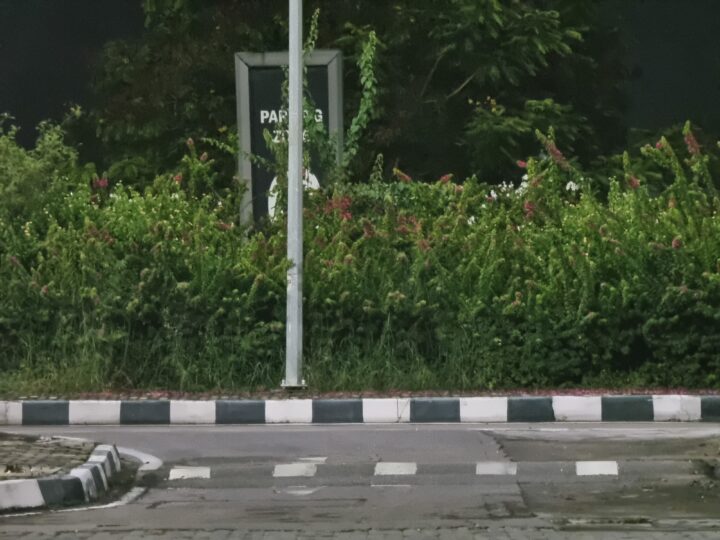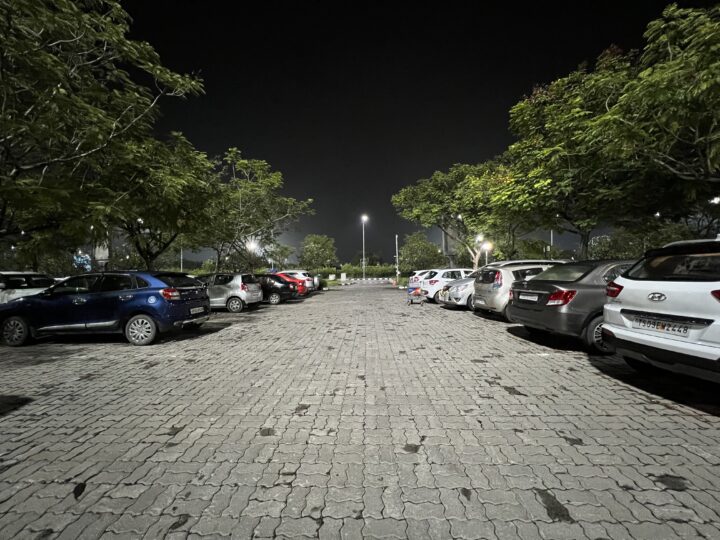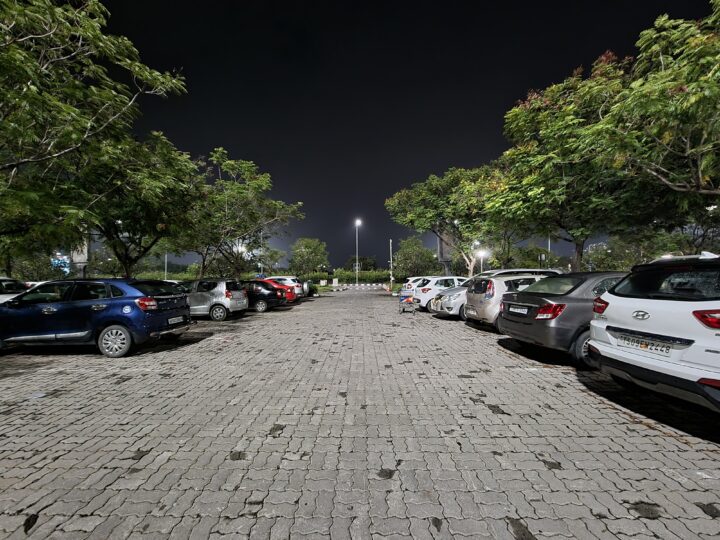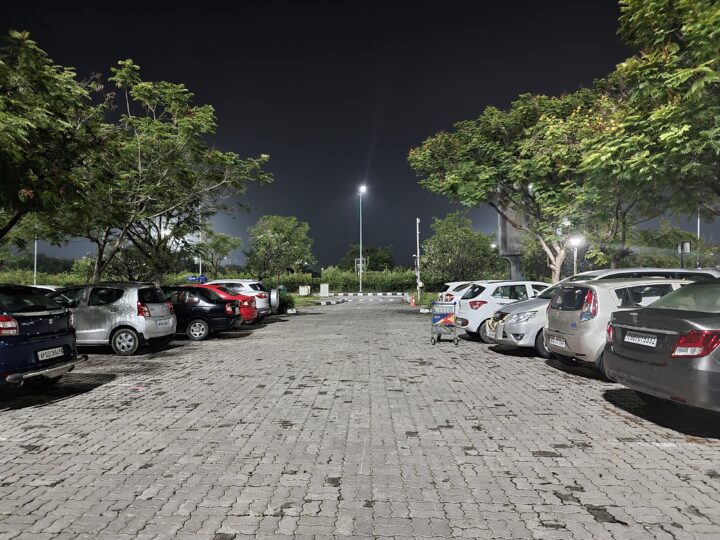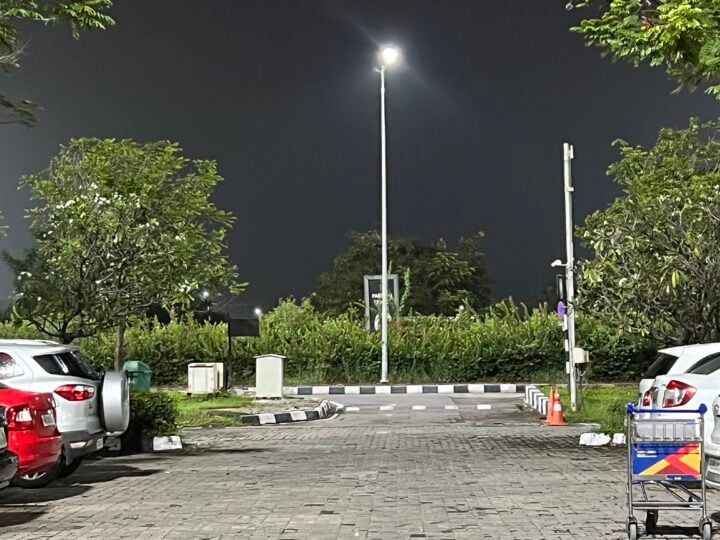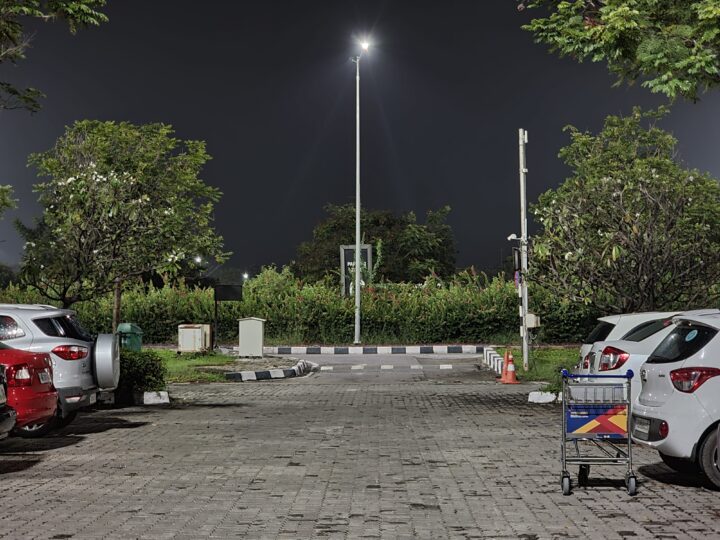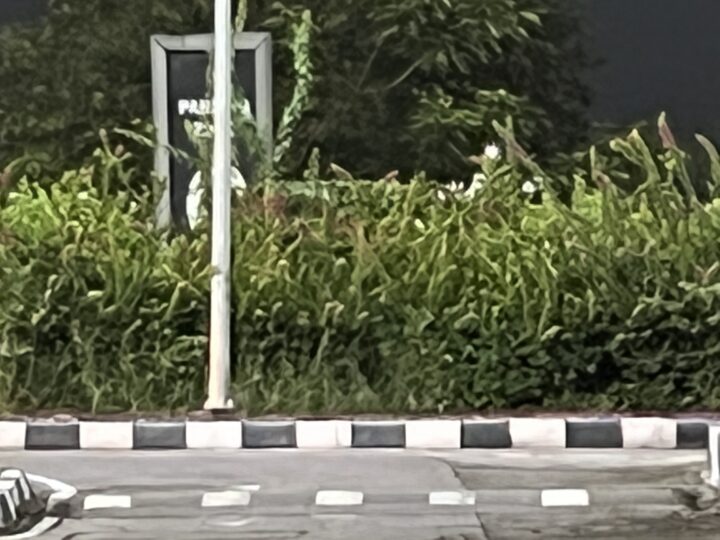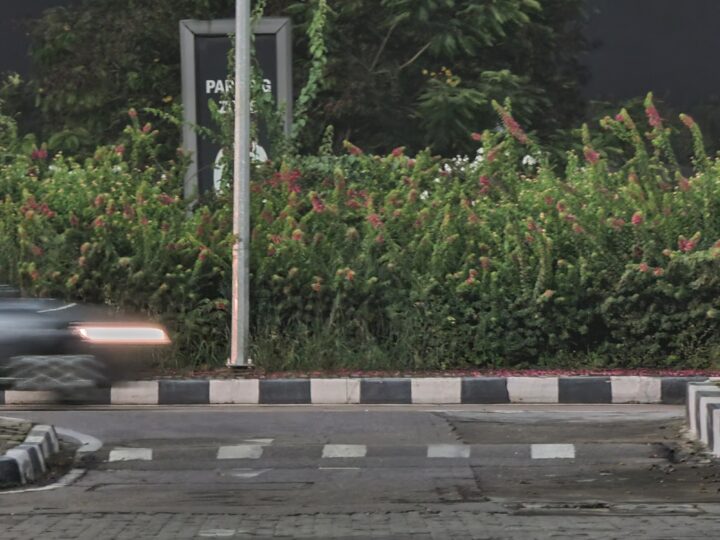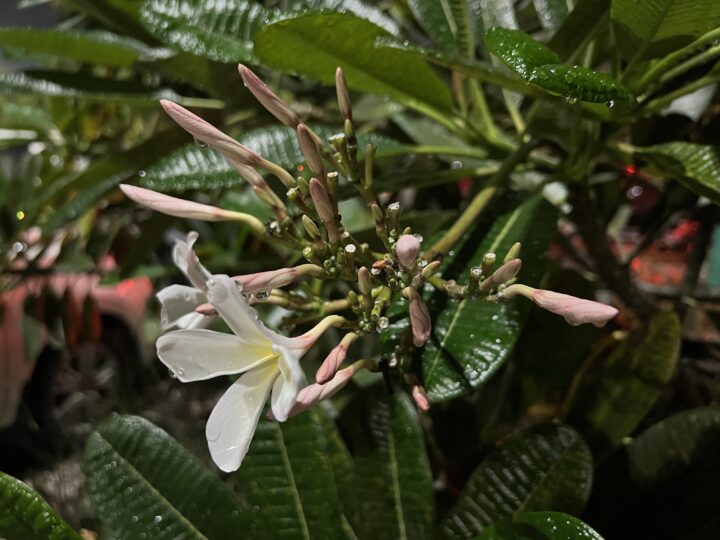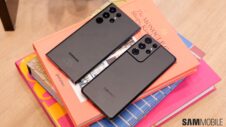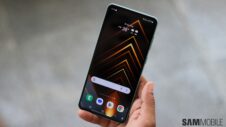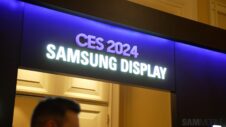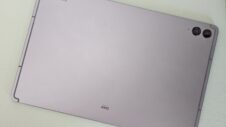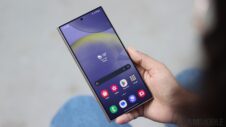The Apple vs Samsung rivalry has been going on for more than a decade. Every year the two brands release their flagship smartphones, fans all over the world wait to see which phone comes out on top in terms of design, performance, and battery life. This year, Samsung's best camera smartphone is the Galaxy S21 Ultra, while the iPhone 13 Pro Max is Apple's best smartphone ever.
The Galaxy S21 Ultra has a 108MP primary camera, a 12MP ultrawide camera, a 10MP telephoto camera with 3x optical zoom, and a 10MP telephoto camera with 10x optical zoom. The iPhone 13 Pro Max has more modest camera specifications, including a 12MP primary camera with sensor-shift OIS, a 12MP ultrawide camera, and a 12MP telephoto camera with 3x optical zoom.
At the front, the Galaxy S21 Ultra has a 40MP camera with autofocus, while the iPhone 13 Pro Max has a 12MP selfie camera. We had a chance to test both devices to see which one has a better camera in various conditions.
Galaxy S21 Ultra vs iPhone 13 Pro Max camera
Starting with the primary camera, the Galaxy S21 Ultra captures images with slightly more details. You can see more information in the sky, thanks to a wider dynamic range. The iPhone 13 Pro Max's primary camera chooses warmer colors, which helps in certain situations. Its images also have slightly lower noise levels.
The ultrawide camera on the Galaxy S21 Ultra is superior as well. Its images are sharper throughout the frame and have more details. Dynamic range is wider, too.
Images captured using the telephoto camera on the iPhone 13 Pro Max have marginally lower noise but also lower details. Both phones perform really well, and unless you see the images side-by-side, you won't notice any real difference between the two.
Of course, the Galaxy S21 Ultra's dedicated 10x optical zoom camera offers much higher details in images compared to the iPhone's 10x digital zoom photos. You can clearly spot the difference when looking at the car's number plate and the leaves above the car.
Both phones can use their ultrawide cameras, featuring autofocus, to capture sharper macro shots. There are color differences, with the iPhone generally choosing warmer tones and the Galaxy S21 Ultra preferring cooler tones. Macro shots from the iPhone 13 Pro Max have lower noise, which could be due to its wider aperture that lets in more light. In the second macro shot comparison, the iPhone 13 Pro Max captured accurate colors but lost in terms of details.
Both smartphones allow using wide-angle and telephoto cameras to capture images in portrait mode. However, the iPhone 13 Pro Max struggled to recognize the subject while using the wide-angle camera. We had to try multiple times to capture a good portrait image. The Galaxy S21 Ultra was much better to work with while using the primary camera for capturing portrait shots.
Both phones offer excellent separation between the subject and the background. The Galaxy S21 Ultra's image shows a higher amount of background blur, but the iPhone 13 Pro Max's bokeh effect looks more natural. In terms of skin tones, neither phone was accurate. The iPhone made my skin appear a bit too warm, while the Galaxy S21 Ultra chose a cooler skin tone. My actual skin tone is somewhere between the two. Another thing to note here is that the iPhone captured slightly more details on my face, but you'll only notice that if you pixel-peep.
Now, let us focus on the front-facing camera quality. Once again, the iPhone 13 Pro Max chooses warmer color tones. Selfies from the Galaxy S21 Ultra have more details, more accurate colors, and a natural background blur. Samsung also lets you capture portrait images using the wide-angle view of the selfie camera, something you can't do with the iPhone. In the portrait mode, the iPhone retains a bit more facial details compared to Samsung's phone.
The Galaxy S21 Ultra's ultrawide camera clearly offers higher details, lower noise, and a wider dynamic range in low-light conditions. Even the corners of the image are sharper when compared to the iPhone 13 Pro Max.
The primary cameras on both smartphones are equally good in low-light conditions. The only noticeable difference is in terms of colors.
The Galaxy S21 Ultra's 3x telephoto camera has lower noise and higher details. Leaves in the image shot using the iPhone 13 Pro Max look like water painting strokes.
The Galaxy S21 Ultra has the lead again in the 10x zoom comparison, thanks to its second telephoto camera. You can clearly see higher details on the leaves and the text on the ‘Parking Zone' board. Noise is lower, too. And colors are more accurate.
The Galaxy S21 Ultra's ultrawide camera wins again while using the Night mode. We can see the same traits, including lower noise, higher details, and higher sharpness across the frame.
Both devices capture equally good images using their primary cameras in the Night mode. It's hard to find a noticeable difference between the two.
The iPhone 13 Pro Max used its primary camera in the 3x zoom mode when the Night mode was used. So, the Galaxy S21 Ultra managed to beat it in almost every aspect. The latter's result had lower noise, higher details, and a wider dynamic range. You can clearly see the separation between the leaves. The text on the cart is clearly visible compared to the shot from the iPhone.
Once again, the iPhone 13 Pro Max's 10x digital is no match for the Galaxy S21 Ultra in the Night mode. And that's because it is still digitally cropping in from the primary sensor. The Galaxy S21 Ultra used its 10x telephoto camera, capturing much higher details and better colors. Noise is lower, too. You can clearly see the pink flowers in the image captured using the Galaxy S21 Ultra. Those flowers are entirely missing in the image captured using the iPhone.
In low-light conditions, the iPhone 13 Pro Max captures better colors using its front-facing camera. However, the Galaxy S21 Ultra has lower noise. The Galaxy S21 Ultra's images have lower noise and higher details on the face in portrait mode and night mode. However, the iPhone 13 Pro Max still wins when it comes to colors.
We also tested the macro mode in low-light conditions. The iPhone wins both in terms of colors, details, and noise levels.
So, which phone has a better camera?
It is hard to declare a clear winner here. Both phones capture really good images in various scenarios using their primary cameras. The Galaxy S21 Ultra's ultrawide camera is better in both daylight and low-light conditions, capturing higher details and better sharpness across the frame. The Galaxy S21 Ultra also wins in zoom performance. The iPhone 13 Pro Max is slightly better at capturing portrait images. It also records cleaner and smoother videos in low-light conditions.
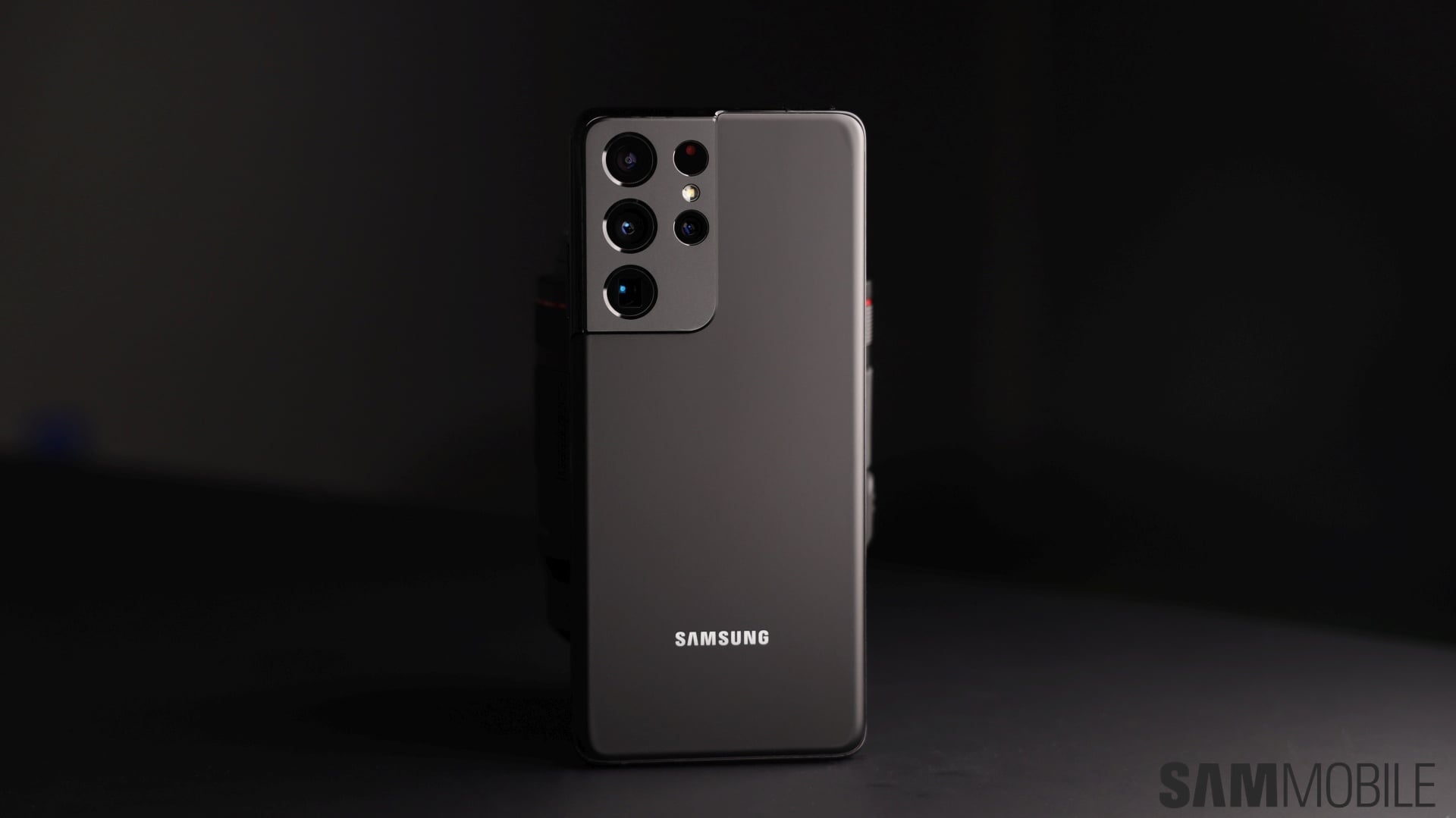
The iPhone 13 Pro Max was launched just last month, and Apple still doesn't have a clear lead in the camera department. We are proud to see that the Galaxy S21 Ultra still wins in many scenarios despite it being eight months old. Its camera setup is more flexible than the iPhone 13 Pro Max. If you are thinking of buying the Galaxy S21 Ultra, it is still a great high-end smartphone and offers excellent all-round performance. You should also check out our Galaxy S21 Ultra vs Galaxy Z Fold 3 camera comparison.
For its next flagship smartphone, the Galaxy S22, we would want Samsung to work on the video recording quality in low-light conditions and in the slow-mo mode.
Galaxy S21 Ultra review
